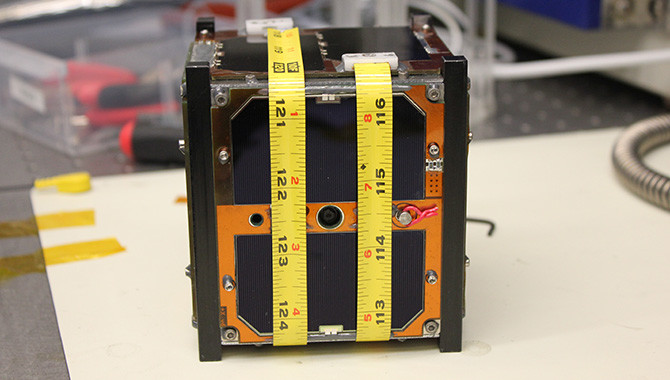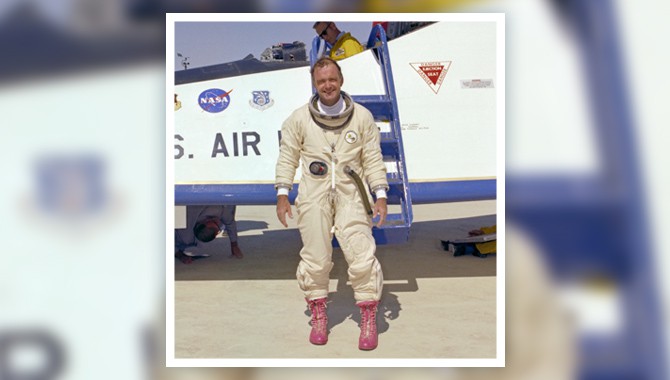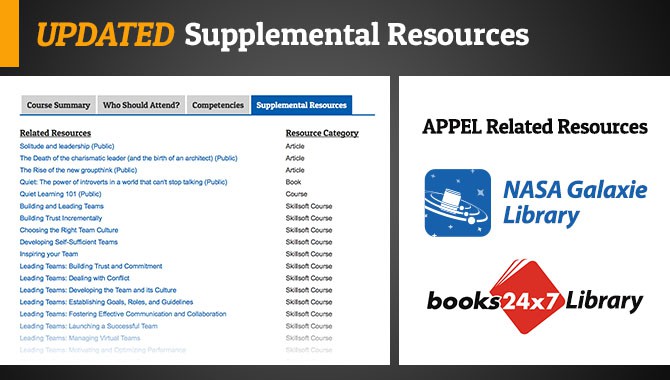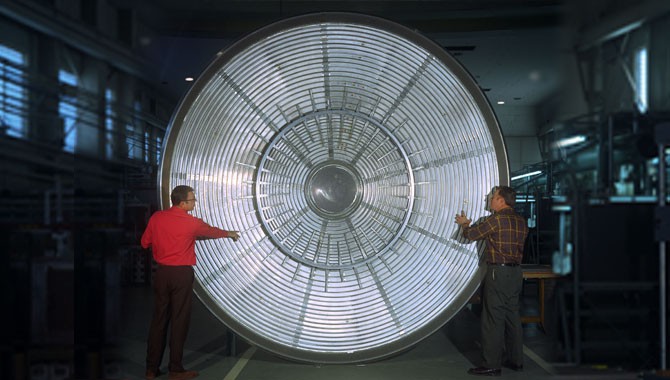
With the successful completion of Key Decision Point C (KDP-C), the Orion spacecraft is cleared to move ahead toward Exploration Missions 1 and 2 (EM-1 and EM-2).

With the successful completion of Key Decision Point C (KDP-C), the Orion spacecraft is cleared to move ahead toward Exploration Missions 1 and 2 (EM-1 and EM-2).

As Orion soars through Exploration Mission 1 (EM-1) in 2018, its payload will include several small satellites designed to enhance deep space exploration.

NASA’s Academy of Program/Project and Engineering Leadership (APPEL) has been recognized for its exemplary, results-oriented training program.

Forty years ago this month, William “Bill” Dana piloted the final rocket-powered flight of the joint NASA-U.S. Air Force lifting body program.

A recent Government Accountability Office (GAO) report noted that development of Space Launch System (SLS) cost and schedule estimates largely reflects best practices.

The term “green engineering” is increasingly popular, but what does it really mean to NASA’s missions?

NASA took a step farther along the journey to Mars with a successful hot-fire test of the RS-25 engine that will form part of the core stage of the Space Launch System (SLS).

The Academy recently introduced new resources to help practitioners maximize their learning opportunities before and after attending APPEL courses.

Forty years ago this month, Viking 1 left Earth on a technologically and scientifically challenging mission designed to answer the question: Are we alone in the universe?